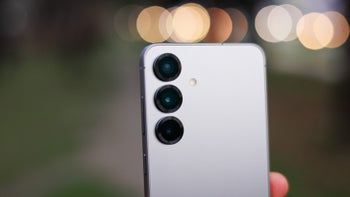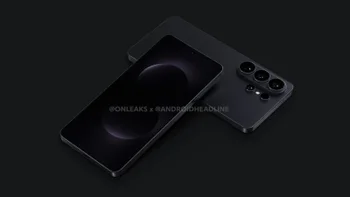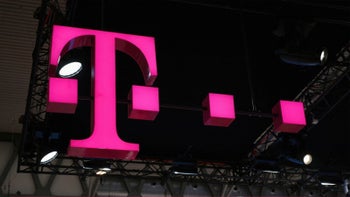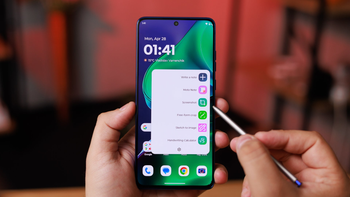Researchers combine the merits of e-ink and LCD in one display

It took University of Cincinnati researchers seven years from idea to prototype, but now they are promising the moon and the stars from a new type of display technology. Their screens use reflected ambient light, instead of backlighting, thus eliminating the biggest power drag of LCD displays.
Light enters from the outside through two layers of special fluids, then it bounces back from a layer of reflective electrodes, and the photons hit your eyeball with the brightness and the colors to create images of text, pictures or video. The only power needed is a small charge that makes the fluid layers move as intended.
Sounds complicated, but for the consumers that means a screen with the power consumption of an eReader that stays bright in direct sunlight, and can show color video, when the pixels are slimmed down further.
The cherry on the cake is that the said technology can be applied in existing LCD factories, without having to swap equipment. Bring it on, we'd say, most other solutions sound way too expensive for mass consumption.
via SlashGear
Light enters from the outside through two layers of special fluids, then it bounces back from a layer of reflective electrodes, and the photons hit your eyeball with the brightness and the colors to create images of text, pictures or video. The only power needed is a small charge that makes the fluid layers move as intended.
Sounds complicated, but for the consumers that means a screen with the power consumption of an eReader that stays bright in direct sunlight, and can show color video, when the pixels are slimmed down further.
The cherry on the cake is that the said technology can be applied in existing LCD factories, without having to swap equipment. Bring it on, we'd say, most other solutions sound way too expensive for mass consumption.
via SlashGear
Follow us on Google News












Things that are NOT allowed:
To help keep our community safe and free from spam, we apply temporary limits to newly created accounts: